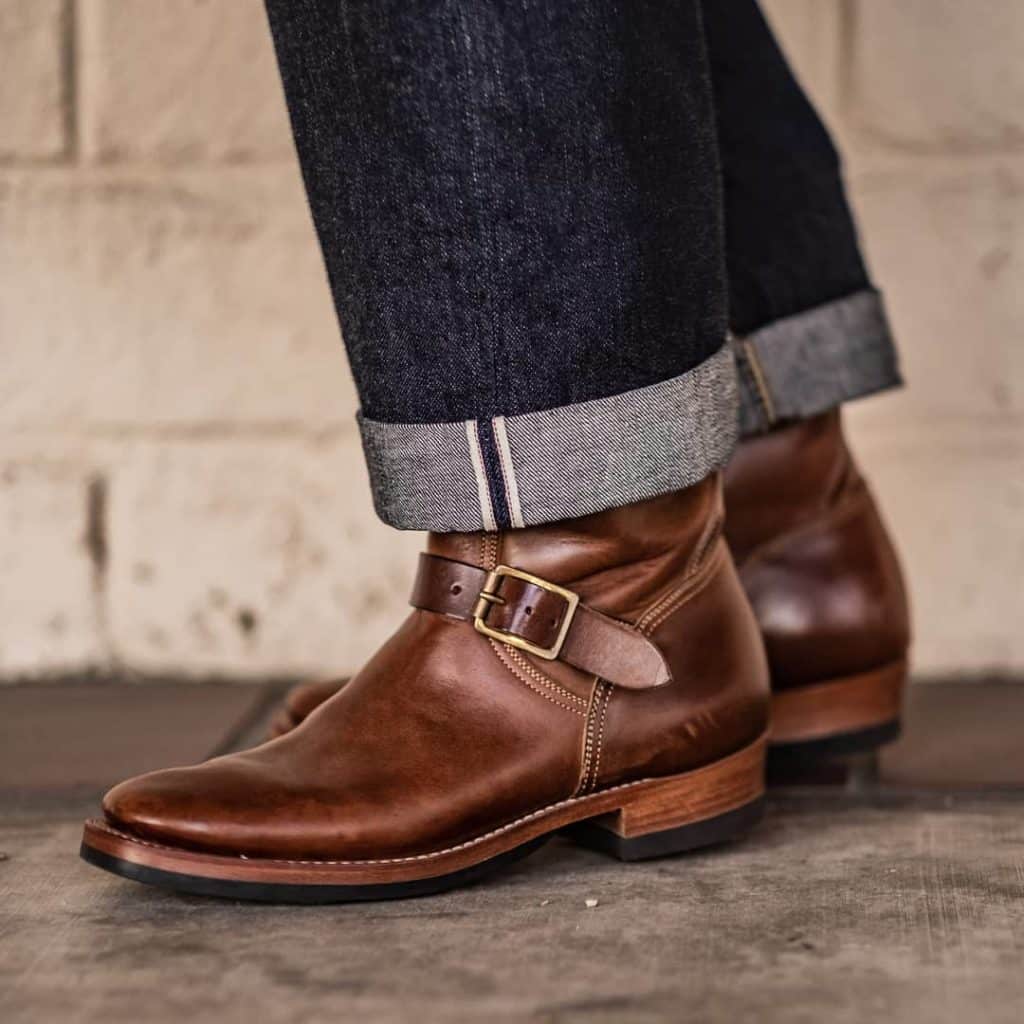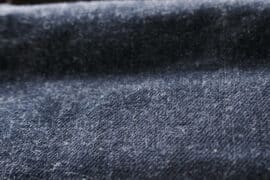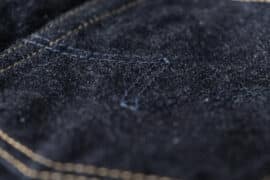The Eighth Episode of The Denim & Boots Podcast
In the eighth episode of the podcast, Jake and I talk about his favourite topic; leather.
For this episode, we’re introducing listener news stories. If you know or read a story you think we should cover on the show, send it to us!
You can pitch stories by sending an email to podcast@denimhunters.com or by reaching out to either me or Jake directly on Instagram.
Of course, you can also still send us questions that we’ll answer at the end of the episode.
News this weeks
Before we get to the topic of the week, I share the news that the jeans and boots store Brund in Copenhagen (where I – full disclosure – work part-time) is celebrating 15 years in business this year.
That milestone is celebrated with a collaboration with Lee 101, which is released on May 15, 2019. You can sign up for the party here.
Topic of the episode: Leather and how it’s made
We start by providing an overview of the process of making leather and the different stages that it involves. After that, we talk about the primary types of leather that’re used for boots and jackets, respectively.
Our discussion of how leather is made is based on the four stages of the process that I identified in an in-depth blog post on the topic I posted earlier. I’ve put in a summary of that post below, but you can also read the entire thing here.
Stage #1: Preparation
Leather is animal skin that has been preserved to prevent it from rotting. After it’s been slaughtered, the animal is skinned and the skin is preserved in salt. The fur, fat and other unwanted parts are removed.
Stage #2: Tanning
This is where the proteins of the skin are turned into a stable matter. There are three methods:
- chrome tanning, which is done with chromium;
- vegetable tanning, which is done with tree barks and similar;
- and combination tanning.
Chrome-tanned leather is softer and doesn’t discolour or lose shape as drastically in water. Veg-tanned leather is firmer and ages more naturally.
Throughout the episode, Jake argues why he thinks vegetable tanning is the best way.
Stage #3: Processing
This stage involves processes such as splitting, shaving, re-tanning and dyeing.
Stage #4: Finishing
In the last stage of the process, leather makers work with the surface of the leather. Different methods are used to level the colour of the leather and cover grain defects.
I go into much more detail with the processes in the blog post about how leather is made.
People and companies we mention
- Badalassi Carlo (who makes Minerva leather)
- Brund
- Clinch
- David Himel of Himel Bros.
- Freewheelers
- Horween (who makes Chromexcel)
- Illya S @illcutz (who’s answered my Q&A here)
- John Lofgren
- Mister Freedom
- Motor
- Real McCoy’s
- Red Wing
- Role Club
- Simon Tuntelder
- Shinki Tannery
- Truman
- Uwe Meier of Amtraq Distribution
- Wesco
- White’s
- White Kloud
This list of brands and people we mention in the episode is a new initiative that I’m trying out based on listener feedback. In case I’ve forgotten someone, please let me know.
Gallery of items Jake mentions

Jake’s Clinch boots. 
His Role Club engineers. 
And the Motor boots. 
And his White Klouds. 
This is Jake’s Freewheelers cross zip jacket. 
And his other Freewheelers jacket. 
And his Real McCoy’s A2.
You can see more pictures like these on Jake’s Instagram profile @almostvintagestyle.
Listen, Subscribe, Rate and Review
You can listen to the episode with the player at the top of this blog post. Or you can listen and subscribe on: Stitcher, TuneIn, Spotify, SoundCloud, and of course Apple Podcast.
If you like this episode, and the podcast in general, please leave a 5-star rating and a positive review on iTunes.







